Schedule a Call Back
Demystifying GST for SMEs
 Technical Articles
Technical Articles- Nov 01,17

Related Stories
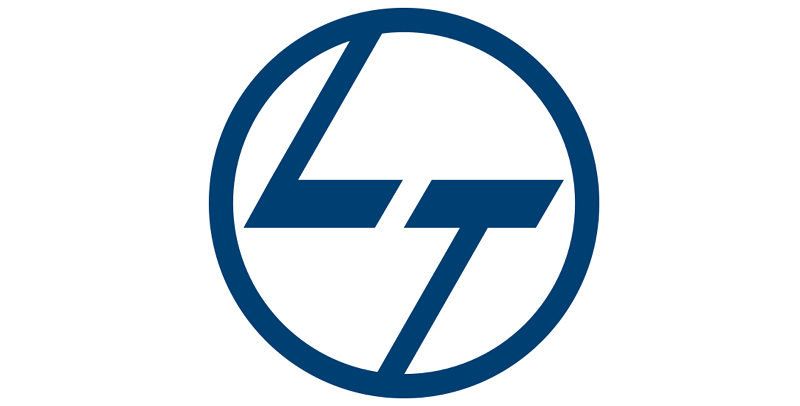
L&T wins new orders for power transmission & distribution business
The hub will be a crucial element in Kenya’s grid for ensuring stable, efficient and reliable operations in view of variable renewable energy sources getting added and the high-voltage regional in..
Read more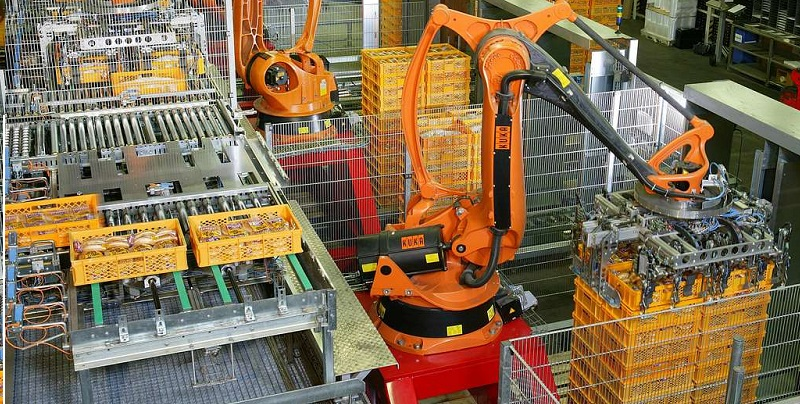
United Grinding Group expands product portfolio through acquisition
The United Grinding Group intends to acquire the GF Machining Solutions Division (GFMS) of Georg Fischer AG (GF), Schaffhausen (Switzerland).
Read more
Aequs Infra unveils south India’s first FMCG manufacturing ecosystem
Aequs Infra is excited about the potential of the FMCG Ecosystem considering manufacturers in a radius of 400 kilometres of its location account for more than 35% of the market share in India.
Read moreRelated Products
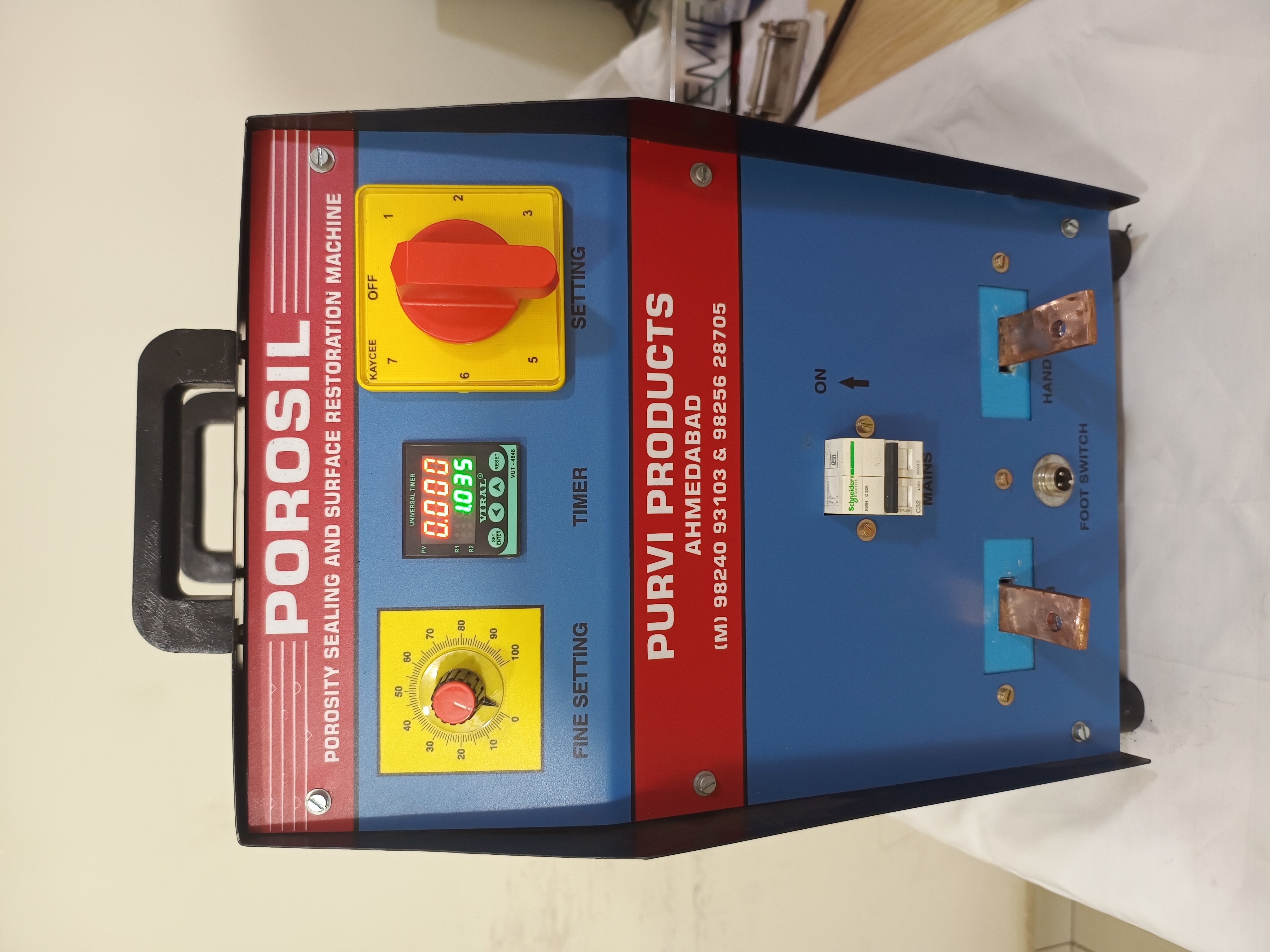
Porosil - Revolutionary Fusion Process
Purvi Products offers - porosil - revolutionary fusion process
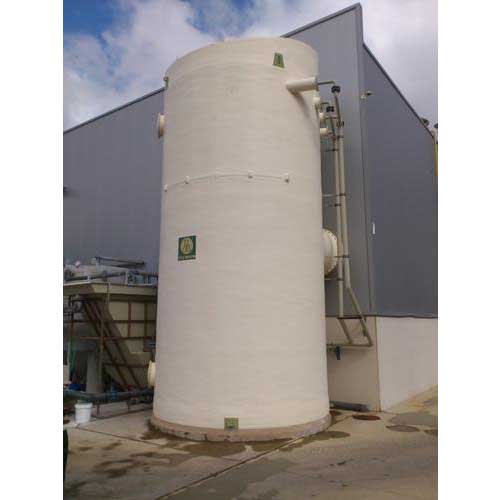
Sulfuric Acid Scrubber
Deepam Industries offers a wide range of sulfuric acid scrubber.
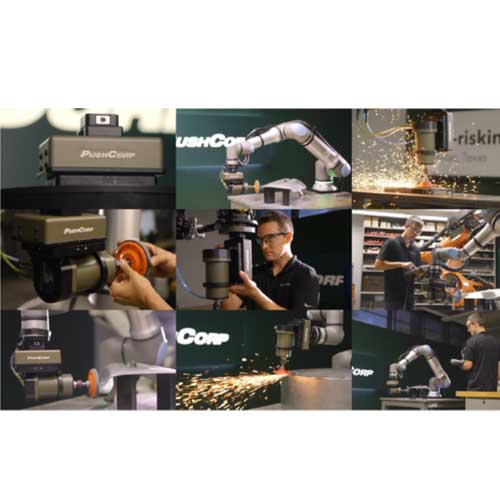
Pushcorp Afd62 End Effector (Eoat)
SWIT offers a wide range of pushcorp AFD62 end effector (EOAT).









